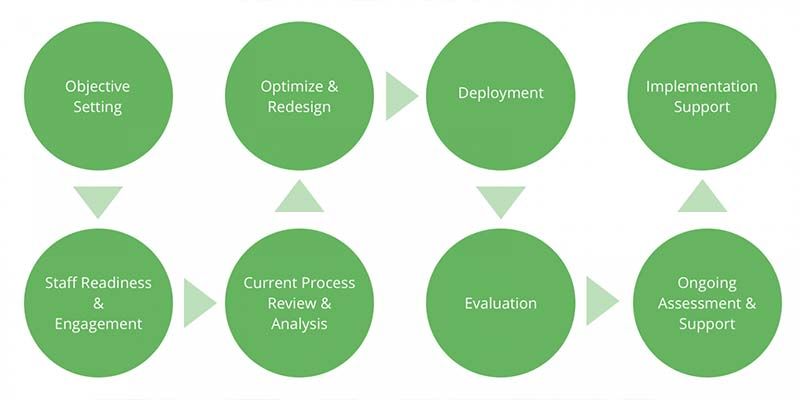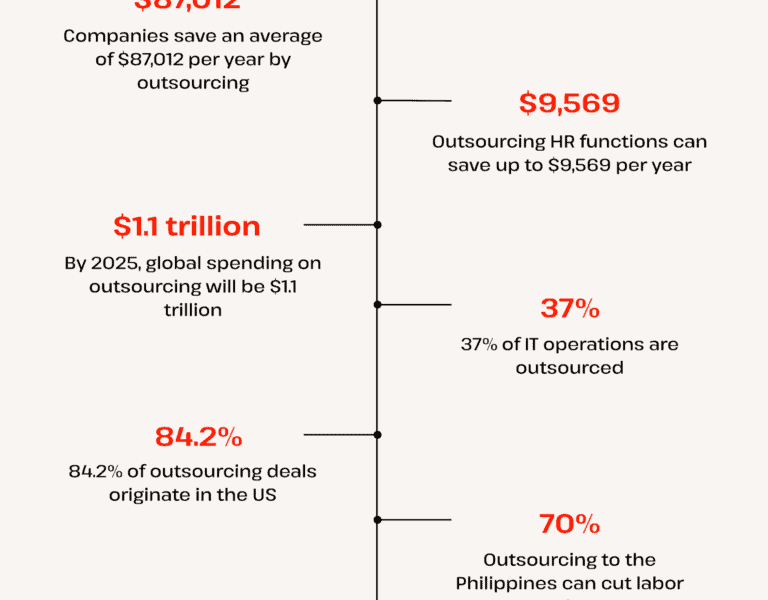In the fast-paced world of technology, businesses are constantly seeking ways to streamline their operations and improve efficiency. One key strategy that many tech companies are focusing on is business workflow optimization. By optimizing their workflows, businesses can eliminate inefficiencies, reduce costs, and improve productivity.
**What is Business Workflow Optimization?**
Business workflow optimization is the process of analyzing and improving the various steps and tasks that make up a business process. This can include everything from how data is collected and processed to how tasks are assigned and completed. By optimizing these workflows, businesses can ensure that their operations are more efficient and effective.
**The Benefits of Business Workflow Optimization**
There are many benefits to optimizing business workflows, especially in the tech industry. Some of the key benefits include:
– Increased efficiency: By streamlining workflows and eliminating unnecessary steps, businesses can complete tasks more quickly and with fewer resources.
– Cost savings: Optimizing workflows can help businesses reduce costs by eliminating waste and improving productivity.
– Improved quality: By ensuring that tasks are completed in a consistent and efficient manner, businesses can improve the quality of their products and services.
– Greater flexibility: Optimized workflows are more adaptable to changing business conditions, allowing businesses to respond more effectively to challenges and opportunities.
**How to Optimize Business Workflows**
There are several steps that businesses can take to optimize their workflows:
1. Identify inefficiencies: The first step in optimizing a business workflow is to identify areas where inefficiencies exist. This can be done through process mapping, data analysis, and employee feedback.
2. Streamline processes: Once inefficiencies have been identified, businesses can begin to streamline their processes. This may involve simplifying tasks, automating repetitive processes, or reorganizing workflows.
3. Implement technology: Technology plays a key role in optimizing business workflows in the tech industry. Businesses can leverage tools such as workflow management software, data analytics, and automation to improve efficiency and effectiveness.
4. Monitor and measure performance: To ensure that their workflow optimizations are successful, businesses should regularly monitor and measure their performance. This includes tracking key metrics such as cycle time, error rates, and productivity.
**Case Study: Optimizing Business Workflows at XYZ Tech Company**
One example of a tech company that has successfully optimized its business workflows is XYZ Tech Company. By implementing a comprehensive workflow management system and leveraging automation tools, XYZ Tech Company was able to reduce cycle times by 30%, cut costs by 20%, and improve overall productivity.
**Conclusion**
In conclusion, business workflow optimization is a key strategy for tech companies looking to improve efficiency and drive success. By identifying inefficiencies, streamlining processes, implementing technology, and monitoring performance, businesses can achieve significant benefits in terms of cost savings, quality improvement, and flexibility. With the right approach, business workflow optimization can help tech companies stay ahead of the competition and succeed in today’s fast-paced business environment.


